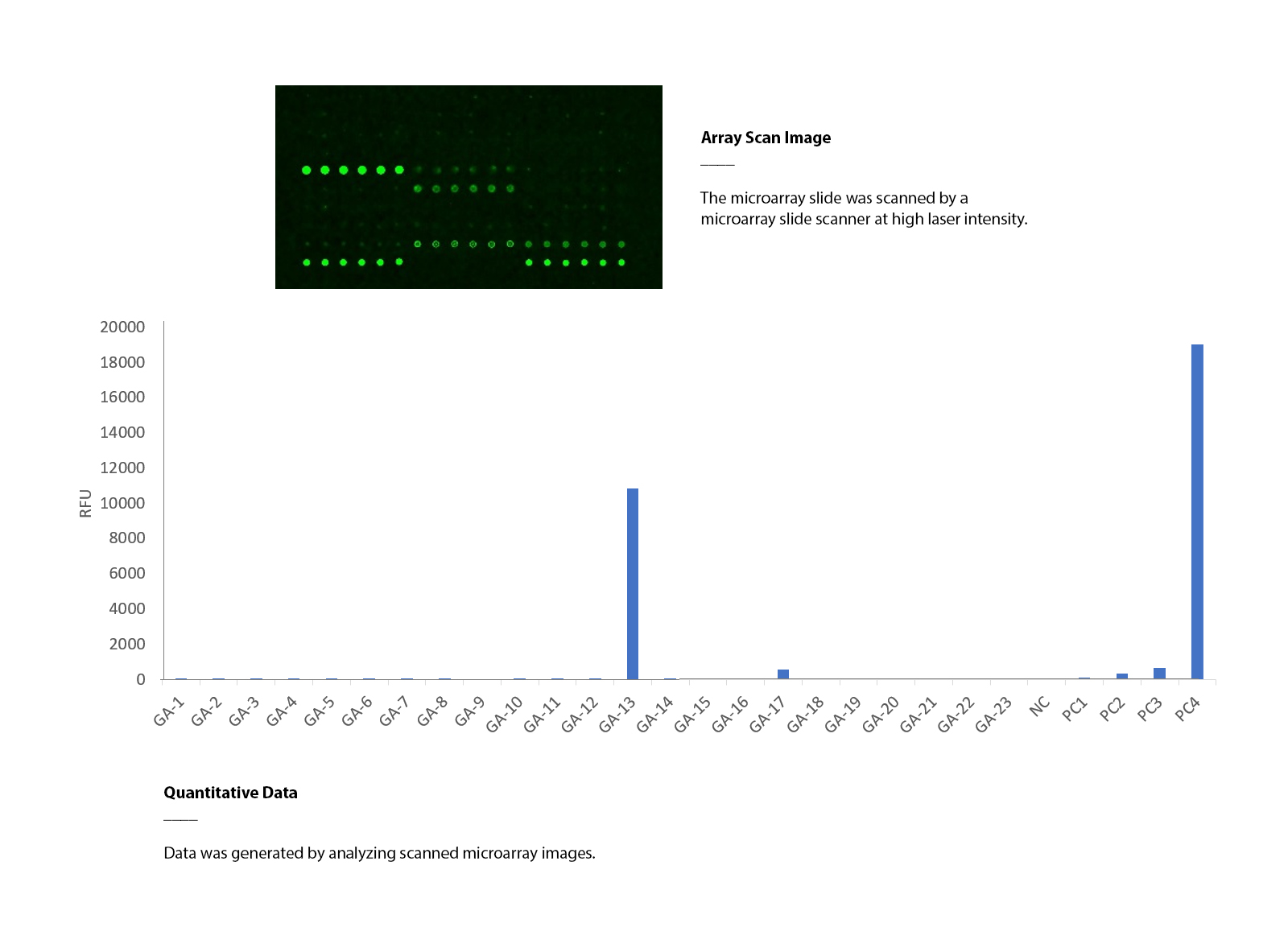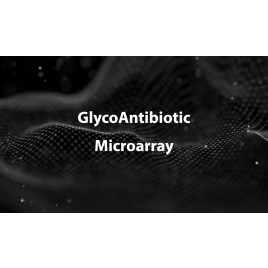Product
제품
-
Analytical Products
- Wyatt Technology
- Awareness Technology
- Eurofins l Abraxis (GSD)
- Aurora Biomed
- Canada NRC-CNRC
- Cifga
- Chrom Tech
- Eichrom Technologies
- EPROGEN
- Fluidic Analytics
- Globe Scientific
- GENERON
- Halo Labs
- Hygiena International
- KROMATON
- InProcess-LSP
- MTC Bio
- MZ-Analysentechnik
- Newomics Inc.
- Occhio Instruments
- Optimize Technologies
- Pickering Laboratories
- PolyLC
- Raykol Group
- RheoSense
- Rocker Scientific
- Santai Science
- SEDERE
- Spectra Analysis
- UCT
- Wealtec Corp
-
Bio & Medical Products
- Biolog
- Adooq Bioscience
- A&A Biotechnology
- Accegen Biotechnology
- Anatrace
- Array Bridge
- Biogenes GmbH
- BioQuochem
- BioServ UK
- Biomiga
- Biotech Support Group
- CinderBio
- Cell Technology
- Creative Biolabs
- Creative Diagnostics
- Creative Biostructure
- Creative Biomart
- Creative Enzymes
- EICOM
- Emulseo
- GLYcoDiag
- Helix Biotech
- InnoGenomics
- IsoSciences, LLC
- IUL Instruments
- Micropore Technologies
- Matrix Innovation
- PreciGenome
- PhylumTech
- ProFoldin
- Protein Ark
- Primer Design
- ProteoChem
- RareCyte
- RECIPE
- Silicycle Inc.
- Tymora Analytical
- UTAK
- YouSeq
- Z Biotech
소개

GlycoAntibiotic Array
Combating bacterial infection has been an ongoing medical challenge since early civilization. Historical examples include Yersinia pestis, the bacterium responsible for the Black Plague, and Vibrio cholera, the bacterium causing cholera. However, as modern medicine evolves, microbes also evolve. Antibiotic resistance becomes a growing public health concern as microbes acquire drug-resistant genes driven by the overuse or misuse of antibiotics. For example, strains of bacteria such as methicillin-resistant Staphylococcus aureus (MRSA) are increasingly prevalent in clinical settings, putting patients with weakened immune systems at risk. The number of deaths due to antibiotic-resistant diseases is predicted to reach 10 million annual deaths by 2050, surpassing the cancer mortality rate. A sharp decline in the development and approval of new antibiotics further exacerbates the challenge of drug resistance.
Common antibiotic mechanisms of action include the selective inhibition of RNA translation by the bacterial ribosome, as well as inhibiting the biosynthesis of the bacterial cell wall. Because of their ability to bind to the ribosome, several carbohydrate-based antibiotics are also considered candidates for cancer, genetic disorders, HIV, and AIDS treatments. Carbohydrate-based antibiotics and their derivatives present a promising avenue for antimicrobial agent development. However, the efficacy of these compounds is affected by binding to plasma proteins and antibiotic-targeting enzymes produced by the bacterium. A promising strategy to overcome this limitation is to chemically modify the structure of existing, naturally derived antibiotics to circumvent undesirable bindings. Therefore, uncovering the binding partners to evaluate the strength of compound interaction is critical for developing efficient antibiotic agents.
ZBiotech has developed a robust microarray platform that allows researchers to explore the interactions between glycopeptide antibiotics and biological samples such as proteins, antibodies, cells, cell lysate, serum, vesicles, bacteria, or viral particles. The Multivalent Surface Coating (MSC) technology allows efficient immobilization of carbohydrate-based antibiotic molecules on a solid microarray surface for high-throughput binding analysis. This array features 23 glycopeptide antibiotics. Each array slide contains 8 or 16 identical subarrays, enabling the simultaneous analysis of various samples. The glycopeptide antibiotic array can be customized to meet individual client needs. Assay services are available upon request.
Features
• 23 glycopeptide antibiotics
• Unrivaled sensitivity and specificity
• Simple assay format
• Small sample volume
• Customizable (select glycopeptide antibiotics for a specific microarray format)
• Assay service available
Applications
• Evaluate binding specificities of antibiotic-interacting proteins or antibodies
• Evaluate binding specificities of antibiotic-interacting bacteria
The anti-vancomycin antibody binds to vancomycin
The GlycoAntibiotic array was assayed with an anti-vancomycin antibody (5 μg/mL), followed by an anti-rabbit IgG (Cy3) antibody. The array was scanned with a microarray scanner at 532nm wavelength. Positive control showed binding signals as expected. The anti-vancomycin antibody binds explicitly to vancomycin.

사양
주문정보
10612-16S GlycoAntibiotic Array Slide (16 samples)
10612-8K GlycoAntibiotic Array *Assay Kit (8 samples)
10612-16K GlycoAntibiotic Array *Assay Kit (16 samples)
* The assay kit contains a microarray slide, a bottle of blocking buffer, a bottle of assay buffer, a hybridization chamber, and sealing films. The hybridization chamber is a device that holds the array slide, assay buffer, and samples to be analyzed.
관련자료
List of structures of glycopeptide antibiotics on the array (download the PDF)
Protocol & User Manual (download the manual)



